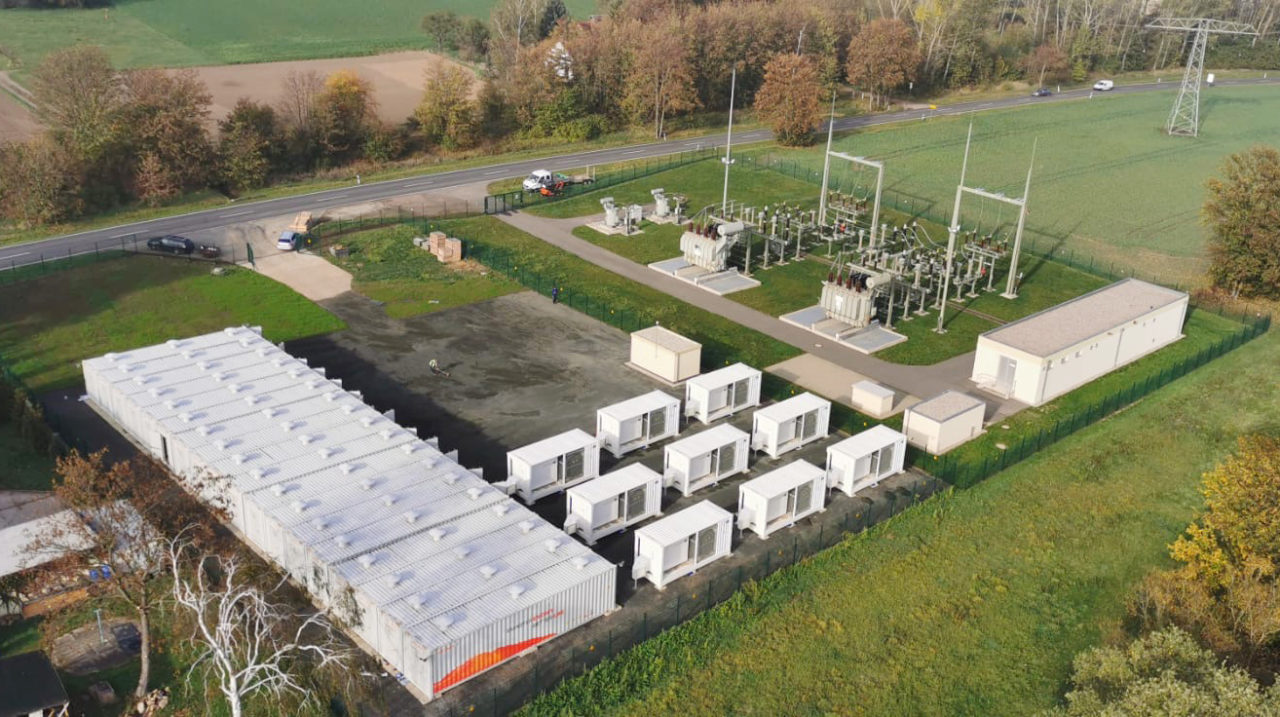
More than a billion dollars in funding for energy storage research, demonstration projects and manufacturing has been approved by a US government subcommittee.
The Congressional Committee, a subcommittee of the US House Committee on Appropriations, has approved the funding package as part of the Financial Year 2021 Energy and Water Development Funding Bill, which itself a near-US$50 billion support package for infrastructure and climate change-related initiatives.
This article requires Premium SubscriptionBasic (FREE) Subscription
Unlock unlimited access for 12 whole months of distinctive global analysis
Photovoltaics International is now included.
- Regular insight and analysis of the industry’s biggest developments
- In-depth interviews with the industry’s leading figures
- Unlimited digital access to the PV Tech Power journal catalogue
- Unlimited digital access to the Photovoltaics International journal catalogue
- Access to more than 1,000 technical papers
- Discounts on Solar Media’s portfolio of events, in-person and virtual
Or continue reading this article for free
The Bill includes US$3.35 billion of “necessary expenses” related to grid modernisation programmes, with specific pledges on energy storage including;
- US$56.5 million to construct the Grid Storage Launchpad, a national energy storage research and development (R&D) facility created by the Department of Energy (DoE), to be hosted at Pacific Northwest National Laboratory (PNNL). It follows the DoE’s identification of the need to accelerate development of “next generation energy storage technology as a national priority” which would modernise the power grid and unlock economic and societal benefits, according to the PNNL.
- US$500 million in funding for energy storage demonstration projects, which would be “across a portfolio of technologies and approaches,” the Bill reads.
- At least US$770.5 million in grants to US-based manufacturers of advanced batteries and components.
The full text of the Bill can be found here.
For more on this story, please read its original version on Energy-Storage.news.







